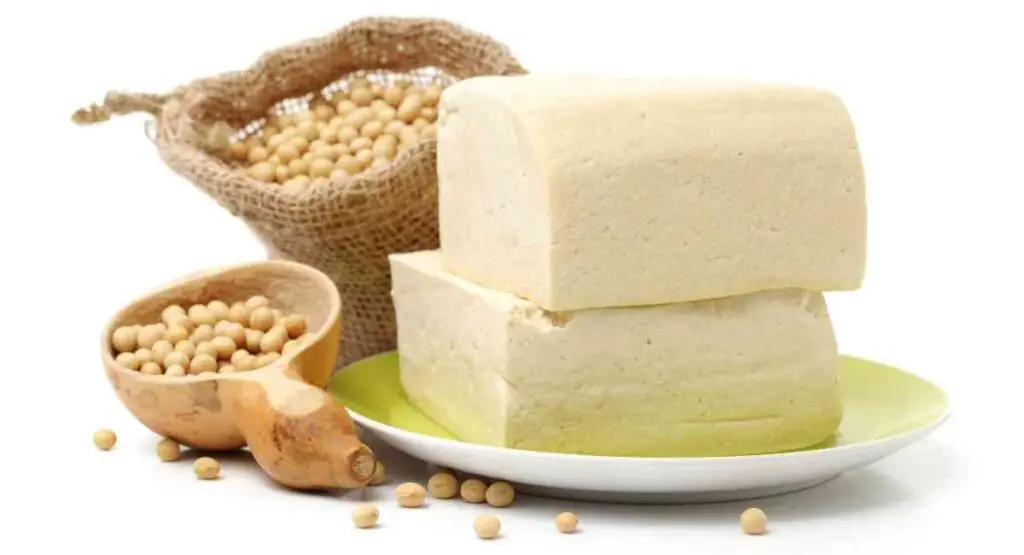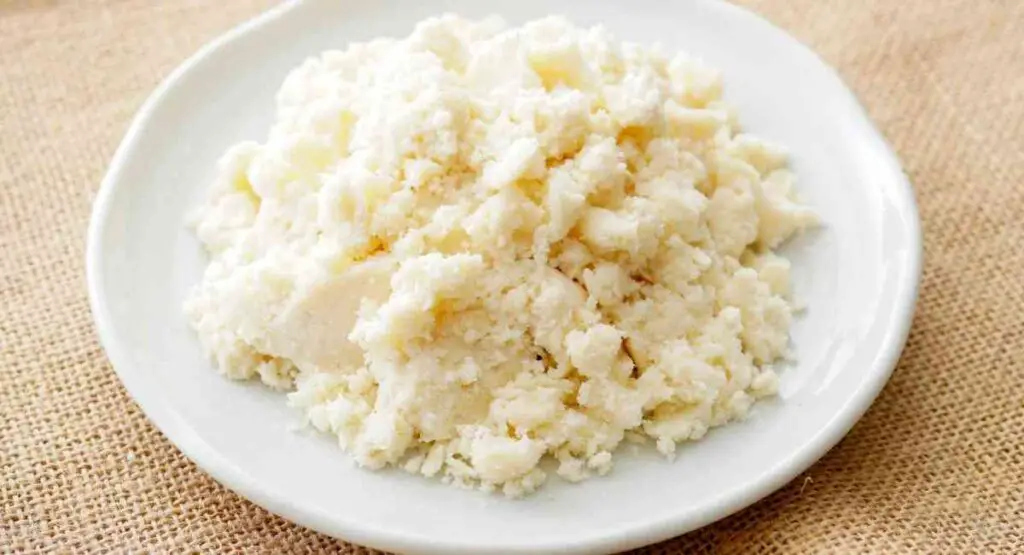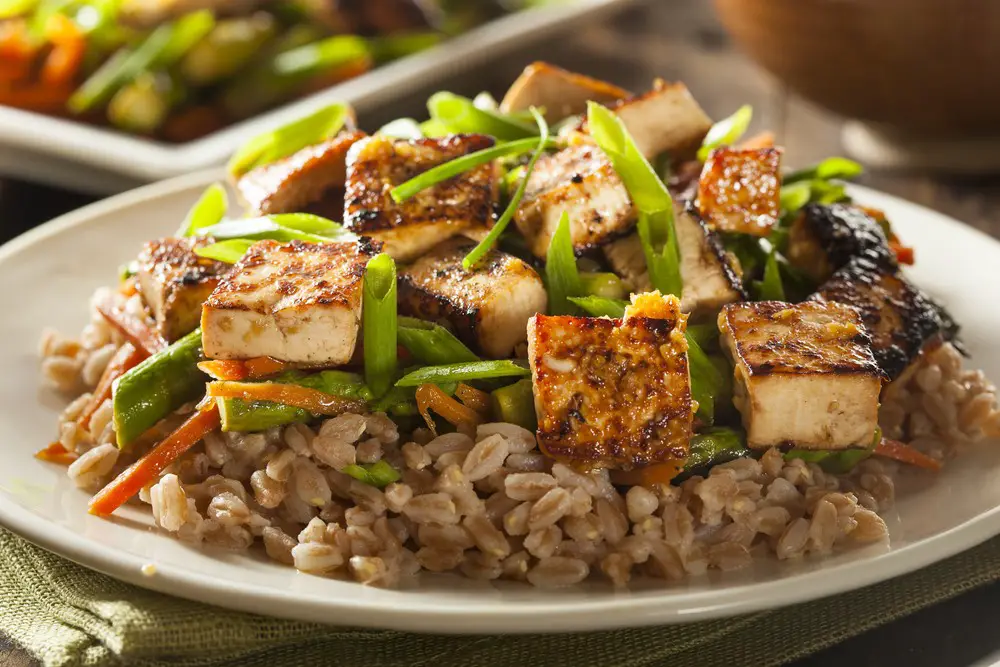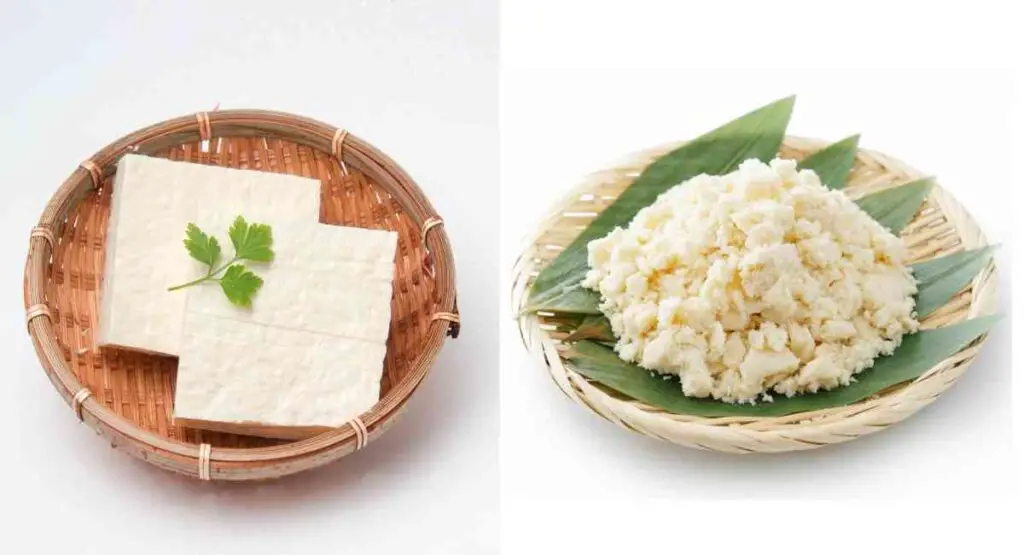Have you ever found yourself wandering through the aisles of an Asian grocery store, curious about the myriad of soy-based products nestled on the shelves? Among them, tofu and bean curd often take center stage, boasting a rich history and versatility that has made them favorites in kitchens around the globe. These humble soybean products have transcended traditional Asian roots, blending into modern diets and contemporary cuisines. Yet, despite their popularity, the distinction between tofu and bean curd remains a bit of a culinary enigma to many. Are they just different names for the same thing, or do they stand apart in plant-based foods?
It’s not just a matter of semantics—there’s a difference in their textures, flavors, and how they’re made. If you’ve ever been puzzled about whether to toss tofu or bean curd into your shopping basket or if you’ve just been curious about what sets them apart, you’re in the right place. In this post, we’ll unravel the tapestry of tofu and bean curd, exploring their unique characteristics and hopefully guiding you to discover which resonates with your taste buds and culinary adventures.
Whether you’re a seasoned vegetarian, a plant-based diet enthusiast, or someone keen on exploring diverse food options, understanding the essence of tofu and bean curd could open up new avenues in your cooking journey. So, let’s dive into the soybean saga and unearth the delicious details of tofu and bean curd!

What Is Tofu?
Tofu, often dubbed as the meat of the field, has a rich legacy tracing over 2000 years to its Chinese roots. Born from soybeans, this versatile ingredient has transcended cultural boundaries, becoming a staple in many diets around the globe. Tofu’s journey from bean to block is a fascinating blend of simplicity and tradition. It begins with soybeans soaked in water, blended into a smooth paste, and boiled to form soy milk. The magic happens when a coagulant is added to the soy milk, causing it to curdle. The curds are then pressed into molds, crafting those familiar blocks of tofu we see in stores.
Let’s take a peek at the nutritional punch tofu packs:
- Protein: A fantastic source of plant-based protein, essential for muscle repair and growth.
- Calcium: Great for bone health, especially for those who shun dairy.
- Iron: Keeps the blood healthy and is critical in fighting anemia.
- Magnesium: Aids in muscle and nerve function, blood glucose control, and bone health.
- Selenium: An antioxidant powerhouse that fights oxidative stress and helps defend the body against chronic conditions.
The beauty of tofu lies in its chameleon-like quality. With a neutral taste and varying textures—from the dense, meaty, firm tofu to the creamy, delicate, silken tofu—it graciously takes on the flavors of its culinary companions, making it a cherished ally in many dishes.

What Is Bean Curd?
Bean curd, a close cousin to tofu, shares a similar birth story, with its essence being captured in coagulated soy milk. The process mirrors cheese-making, where the soy milk is curdled, and the resulting curds are pressed into blocks or sheets. This whimsical similarity often earns bean curd a playful nickname—the cheese of the East.
Here are some nutritional nuggets bean curd offers:
- Protein: Like tofu, bean curd is a robust source of plant-based protein.
- Iron: An essential mineral for keeping our blood healthy and oxygenated.
- Calcium: Supports bone health and can help fend off osteoporosis.
- Phosphorus: Works hand in hand with calcium to fortify our bones and teeth.
- Magnesium: A multitasker that’s crucial for muscle function, bone health, and energy production.
Bean curd is somewhat more crumbly and has a slightly stronger soy flavor than tofu. Its unique texture makes it a delightful addition to various dishes, rendering a hearty bite in stir-fries, soups, and stews.
Tofu vs. Bean Curd: What Is The Difference?
Tofu and bean curd are two popular soy products. Although they are often used interchangeably in recipes, they have different flavors and textures.
Have you ever wondered what the difference is between tofu and bean curd? Of course, both are made from soybeans, but the similarities end there. Here’s a quick rundown of the key differences between these two popular ingredients.
Bean curd is made by curdling soy milk and pressing the resulting curds into soft white blocks. The curdling is usually done with a coagulant.
On the other hand, a block of tofu is made by simply boiling soybeans and water together until they form a soft paste. This paste is then filtered and pressed.
So, what does this mean for the taste and texture of these two ingredients? Bean curd has a slightly more spongy texture than seasoned tofu varieties. It also has a milder flavor, making it a good choice for dishes where you want the soy flavor to be subtle. On the other hand, tofu has a creamier texture and a slightly sweeter taste.
Tofu is also a good source of protein, calcium, and iron. Bean curd is lower in calories and fat than cubes of firm tofu, but it’s not as nutrient-rich. So, which one is better for you? It depends on your dietary needs and preferences. And of course, it’s possible to eat both.
Benefits Of Tofu And Bean Curd
Tofu and bean curd are both excellent sources of protein. They are also low in calories and fat, making them a good choice for people trying to lose weight.
Tofu and bean curd are good calcium, iron, and magnesium sources. In addition, both are excellent sources of dietary fiber, which helps keep you regular.
Tofu and bean curd are good choices for people trying to lower their cholesterol levels. Fresh tofu contains isoflavones, which are compounds that can help to lower harmful cholesterol levels. Bean curd also contains compounds that can help to reduce cholesterol levels.
In addition, both products are excellent choices for people who have diabetes. They are low in sugar and calories and do not raise blood sugar levels.
Finally, both are good choices for people who want to add more soy to their diet. Major soy protein components have many health benefits, including reducing the risk of cancer and heart disease.

Selecting and Buying Tofu and Bean Curd
When it comes to purchasing tofu and bean curd, freshness and quality are crucial. Here are some tips and places where you can find these soy-based products:
-
Check the Expiration Date: Always check the expiration date on the packaging. Tofu and bean curd should be fresh and have a decent shelf life.
-
Firmness: Decide on firmness based on your culinary needs. If you plan to stir-fry or grill, opt for firm or extra-firm tofu. For soups, desserts, or smoothies, soft or silken tofu is the better choice.
-
Packaging: Look for packaging that is well-sealed and without damage. It’s best if the tofu or bean curd is submerged in water, which helps to maintain its freshness.
-
Organic Options: If possible, go for organic tofu or bean curd to avoid GMOs and pesticides. Organic products often have better flavor and are healthier.
-
Specialty Stores: Asian grocery stores or specialty food stores often carry various tofu and bean curd products. These stores usually offer a range of firmness options and sometimes fresher or artisanal varieties.
-
Mainstream Grocery Stores: Mainstream Grocery Stores: Many mainstream grocery stores carry tofu and bean curd. Look for them in the refrigerated section near the produce or with vegetarian and vegan products. Save on your grocery shopping with a Walmart promo code when stocking up on tofu and other plant-based proteins.
-
Trader Joe’s: Known for its unique and high-quality products, Trader Joe’s offers a good selection of tofu. They have organic tofu in different firmness levels and occasionally carry bean curd products. It’s a great place to find tofu at a reasonable price.
-
Online Shopping: If you prefer shopping from the comfort of your home, many online stores deliver tofu and bean curd. However, ensure you order from reputable sources to guarantee freshness and quality.
When purchasing tofu or bean curd, it’s a good idea to buy in moderation, especially if you are new to these ingredients. Start with a smaller quantity to experiment and determine what textures and recipes you prefer before buying in bulk. Remember, the key to enjoying tofu and bean curd is the freshness and how you prepare and cook them. So, have fun experimenting with these versatile ingredients in your kitchen!
Conclusion
Tofu and bean curd are both made from soybeans, but there is a big difference. Tofu is the result of pressing cooked soybeans into soft white blocks, while bean curd is created from thickened soybean milk. The two have different textures and flavors, so what you want in your meal comes down to what you want.
Go for tofu if you want something that will melt in your mouth and have a delicate flavor. If you want something that will give you a bit of chew and has a more pronounced taste, go for bean curd. Both are healthy options that provide plenty of textured vegetable protein and nutrients, regardless of your choice.

